Rome, a major exhibition on 180 years of Italian landscape in photography at the Scuderie del Quirinale
From June 1 to September 3, 2023, the Scuderie del Quirinale in Rome is hosting the exhibition Italy is a Desire. Photographs, Landscapes and Visions (1842-2022). The Alinari and Mufoco Collections, organized with Fondazione Alinari per la Fotografia and the Museum of Contemporary Photography. Born from the desire to acquaint the public with the rich photographic heritage our country has, through a journey within the public collections of the Alinari Foundation and the Museum of Contemporary Photography, the review aims to enhance both historical and contemporary photography through a narrative of the representation of the Italian landscape, over the course of almost two centuries (from the mid-19th century to the present day) emphasizing its transformations as much as its many different points of view. A significant time span as well as coinciding with the very history of the "marvelous invention," from its beginnings to the present day.
At the center of the exhibition, therefore, the public will find landscape, understood as an element in which Italian culture is recognized as well as the privileged subject of nineteenth-century artistic experimentation, both in painting and photography. Landscape, which over the past fifty years has returned to play a central role in Italian photography, giving rise to an internationally recognized school.
The exhibition offers a selection of more than 600 works - including daguerreotypes, primordial negatives on paper and glass, slides, plates, autochromes, vintage prints and fine art prints from original negatives, up to large-format color prints and more contemporary ways of presenting images - which, in addition to allowing the public to discover and appreciate an extraordinary variety of materials and techniques, will lead the latter through an excursus of the evolution of the modes of representation of the Bel Paese, appreciating a beauty that has long proposed it as a model for the West but also measuring its contradictions.
Structured according to a chronological path, the exhibition presents on the second floor of the Scuderie del Quirinale photographs belonging to the Alinari Archives and on the second floor, in continuity, works from the collections of the Museum of Contemporary Photography.
The gaze of the photographers of the 19th century and the first half of the 20th century, whose works are preserved in the Alinari Archives, is represented in the exhibition by a particularly significant selection among which stand out the great panoramas of Rome and Florence by Michele Petagna and Leopoldo Alinari. The visual tale proceeds with the narration of the myth of travel to Italy, the root of Western civilization, through the presentation of numerous works from its origins, with authors such as Girault de Prangey, Calvert Richard Jones, Frédéric Flachéron, and Giacomo Caneva. Through the passage of the century and the evolution of the technical ways of representing the most desired Italian destinations, the photographic imagination of the Bel Paese is formed. An in-depth look at the research and continuous experimentation in photography between the 19th and 20th centuries is presented in the section devoted to negatives and early attempts to render Italy in color, with authors such as the scientist Giorgio Roster and rare pieces such as autochromes.
The path proceeds with the exhibition of images by authors interested in establishing photography as an artistic tool and offering a subjective representation of the world, including Vittorio Alinari and Wilhelm von Gloeden. A final change of pace is represented by the selection on photography between the 1940s and the 1950s, with works by Vincenzo Balocchi and Luciano Ferri, Alberto Lattuada, and Fosco Maraini whose images highlight the photographer’s love for the mountains and landscape of southern Italy connoted by a precise anthropological vision.
On the second floor, the works of many of the main authors of Italian and international photography from the postwar period to the present day, in a succession of techniques, languages and artistic practices, will accompany the visitor up to the most current research, thanks to works from the collections of the Museum of Contemporary Photography in which the landscape, and the declinations it takes on, play a fundamental role.
From the landscape as a setting for the social and political narrative that characterizes the season of reportage (Letizia Battaglia, Carla Cerati, Uliano Lucas, Federico Patellani) we arrive, through the conceptual experimentations of the 1970s (Mario Cresci, Franco Fontana, Mario Giacomelli), at one of the jewels in theflagship of this section, the Viaggio in Italia experience, in which Luigi Ghirri collects a series of researches that turn their gaze to places that are often marginal, everyday and anti-spectacular and that become the manifesto of a new Italian photography (Gabriele Basilico, Giovanni Chiaramonte, Guido Guidi). In the tension between narration of places and aesthetic experience, photography arrives at the new millennium with spectacular large prints and new languages (Paola De Pietri, Fischli and Weiss, Francesco Jodice, Massimo Vitali, Thomas Struth), until it expands the very idea of documentation and-in the research of younger authors-opens up to objects, practices and technologies proper to the contemporary visual and artistic universe.
A peculiar characteristic of the entire exhibition is the presence of a series of sparks with which this is interspersed: moments of direct and unexpected dialogue that create a sort of short-circuit between the two collections and that suggest, in the physical space of the exhibition, some of the most topical issues in the contemporary debate on the functioning, fruition, and production of photography and more generally of the image.
Far from the idea of reconstructing a history of Italian photography or of the Italian landscape and its transformations, Italy is a Desire wants to offer the public an experience animated a continuous tension between an extraordinary past, which has seen in the Italian landscape an exceptional coincidence between nature and culture - in which we recognize, to this day, our roots - and a more recent history, marked by rips, wild accelerations and aggressive interventions, dictated by economic development and globalization, which make the landscape complex and urge the definition of a new Italian cultural identity.
Moreover, on the occasion of the exhibition, the Scuderie del Quirinale will offer visitors, starting June 8, 2023, a rich program of collateral meetings: a series of lectures and special events featuring art historians, anthropologists, architects and heritage experts. Different voices deliberately confronted on today’s photography and art and landscape between ideal, collective drama in the face of climate change, new hybrid to explore. Finally, as part of the exhibition, the Ministry of Culture’s General Directorate for Contemporary Creativity and the Museum of Contemporary Photography, with the institutional collaboration of Scuderie del Quirinale and Fondazione Alinari, are promoting an Open Call for the selection of ten projects created by photographers and visual artists under 40 on the theme of the contemporary Italian landscape.
The program of the meetings is available at: www.scuderiequirinale.it. The catalog is published by Electa
Statements
“The protection of the landscape,” declares Lucia Borgonzoni, undersecretary for culture, “is a founding value of our identity, as well as among the cardinal principles on which the action of the Ministry of Culture rests. The landscape evolves and transposes the sense of human presence, bearing imprinted the traces of a millennial history: a precious treasure chest that holds our historical memory and, as such, must be treated with care. In this, too, we have been forerunners: in fact, Italy is the first country in the world to have made landscape preservation a state priority. At a time like this, it is essential to recognize ourselves in an identity of places and in a country that is extraordinary in every corner, as it emerges from the photos in the exhibition: this will help us to be conscious custodians of a priceless heritage, able to accommodate not only the past, but also the future.”
“Italy is a Desire is an extraordinarily valuable exhibition that confirms once again, if there was a need, that photography is an art that knows how to bring together a subjective gaze and the ability to narrate a country and an era,” says Eugenio Giani, President of the Region of Tuscany. “It is also true for landscape photography, which rightly recalls the words of a poet like Andrea Zanzotto: ’It is we who create the landscape.’ And this is true both for landscape-especially in a country like Italy with its close interaction between nature and man-and for its representation in art. The exhibition opening at the Scuderie del Quirinale is a great journey into Italy represented through time. And for me and for Tuscany it is a source of great pride that an important part of it consists of photographs from the Alinari archives, photographs that are moreover capable of dialoguing well with the works of the Museum of Contemporary Photography. Also this exhibition, with its value, demonstrates the goodness of the choice made in 2020 by the Region of Tuscany, with the creation of the Alinari Foundation for Photography, aimed at protecting an extraordinary heritage of documentation and photographic art, with a collection of about 5 million works.”
“The Scuderie del Quirinale,” stresses Mario De Simoni, President of the Scuderie del Quirinale, "resumes the tradition of presenting to the public also themes and suggestions belonging to the expressive history of photography. And they do so through a particularly ambitious exhibition, which deals with a theme of such vastness as to be decisive for any view of Italy and so relevant as to be the subject of what President Ciampi called the most original article of our Constitution, Art. 9, which places among the ’fundamental principles’ the protection of the landscape and the historical-artistic heritage. The exhibition Italy is a Desire recounts over a vast time span, ranging from the mid-19th century to the present day, how the Italian landscape has been represented by the eye of photographers. The project was conceived, for the Scuderie and with the Scuderie, by two of Italy’s leading public institutions in the field of photography, the Fondazione Alinari per la Fotografia and the Museum of Contemporary Photography, whom we thank for their passion, generosity and expertise in ’elaborating the undertaking.
“It is truly a thrill,” says Giorgio van Straten, president of the Alinari Foundation for Photography, “to walk through the rooms of the Scuderie del Quirinale and see how in nearly two centuries of photography the Italian landscape has been the subject of different gazes and sensibilities that in observing it have often ended up recreating it; and, at the same time, how, decades later, one can read, among men of distant eras, assonances and similarities. The same assonances and similarities that allowed the meeting and collaboration between the Alinari Archives and the Museum of Contemporary Photography.”
“Landscape,” explains Davide Rondoni, President of the Museum of Contemporary Photography, “is the outcome of culture and of the hard and imaginative negotiation between man and nature. Italy more than state or nation is a desire, born first in the souls of poets and artists, that is, the desire for beauty and spiritual and artistic that becomes and continues to become. The great exhibition reveals this face of Italy, manifest and secret.”
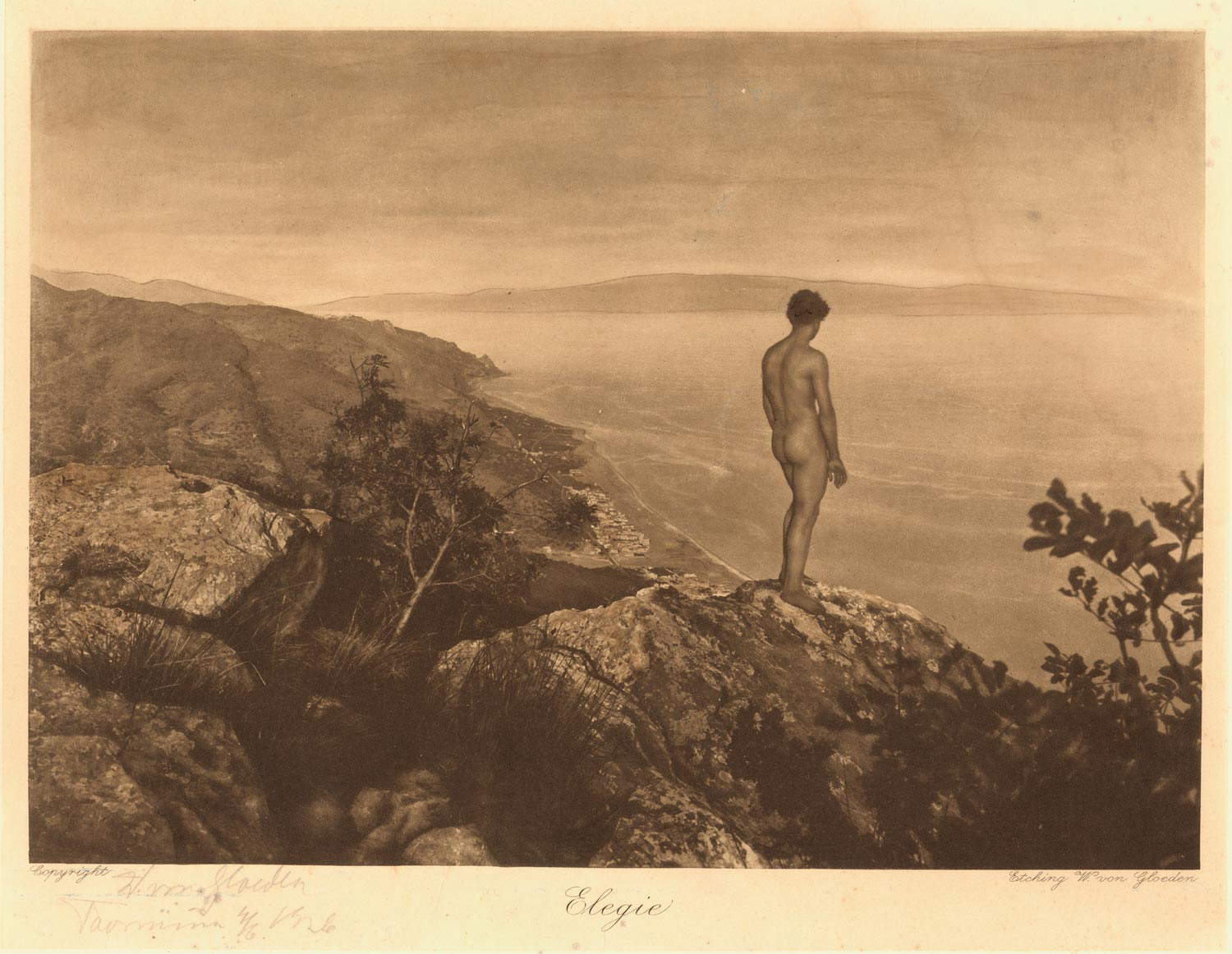
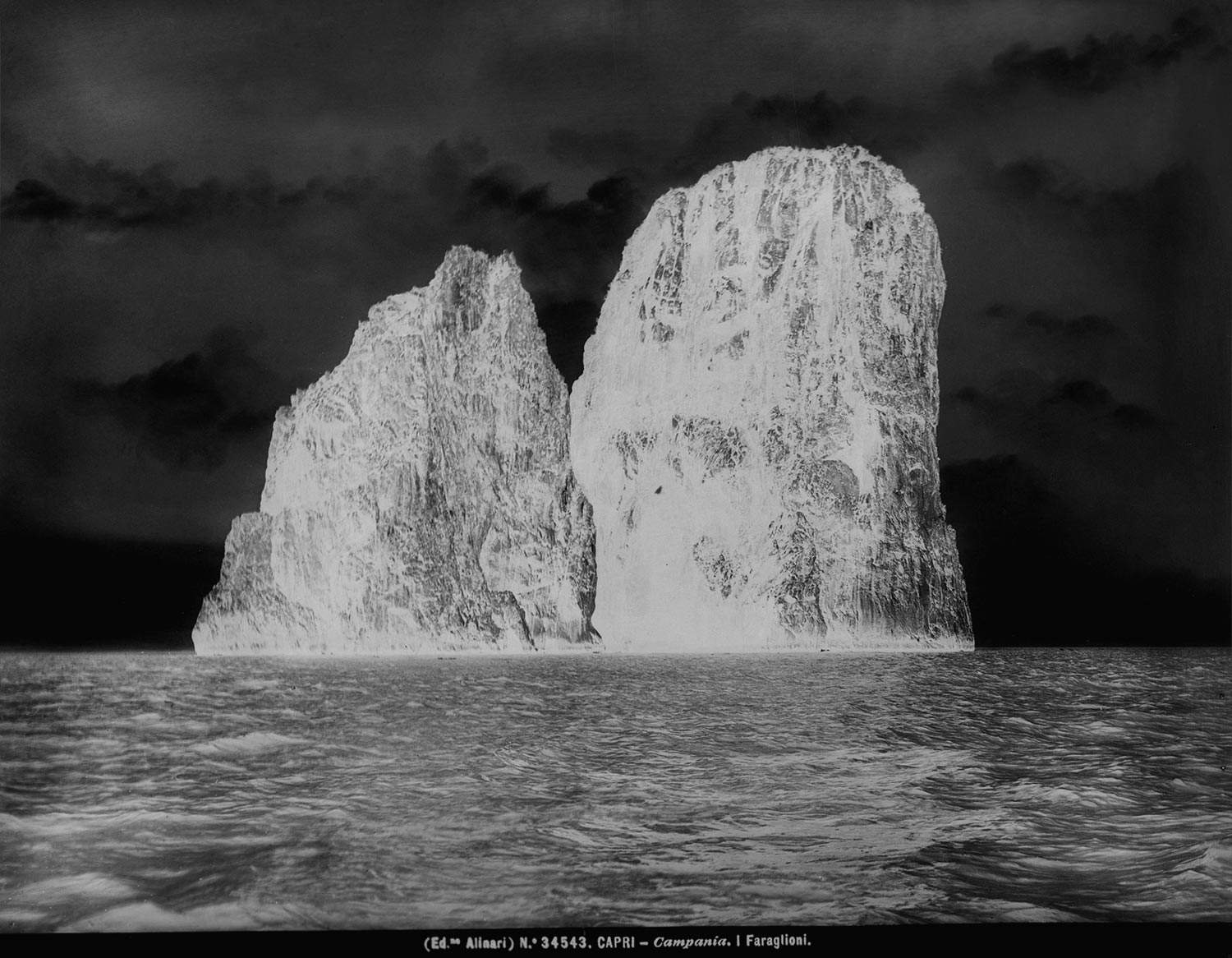
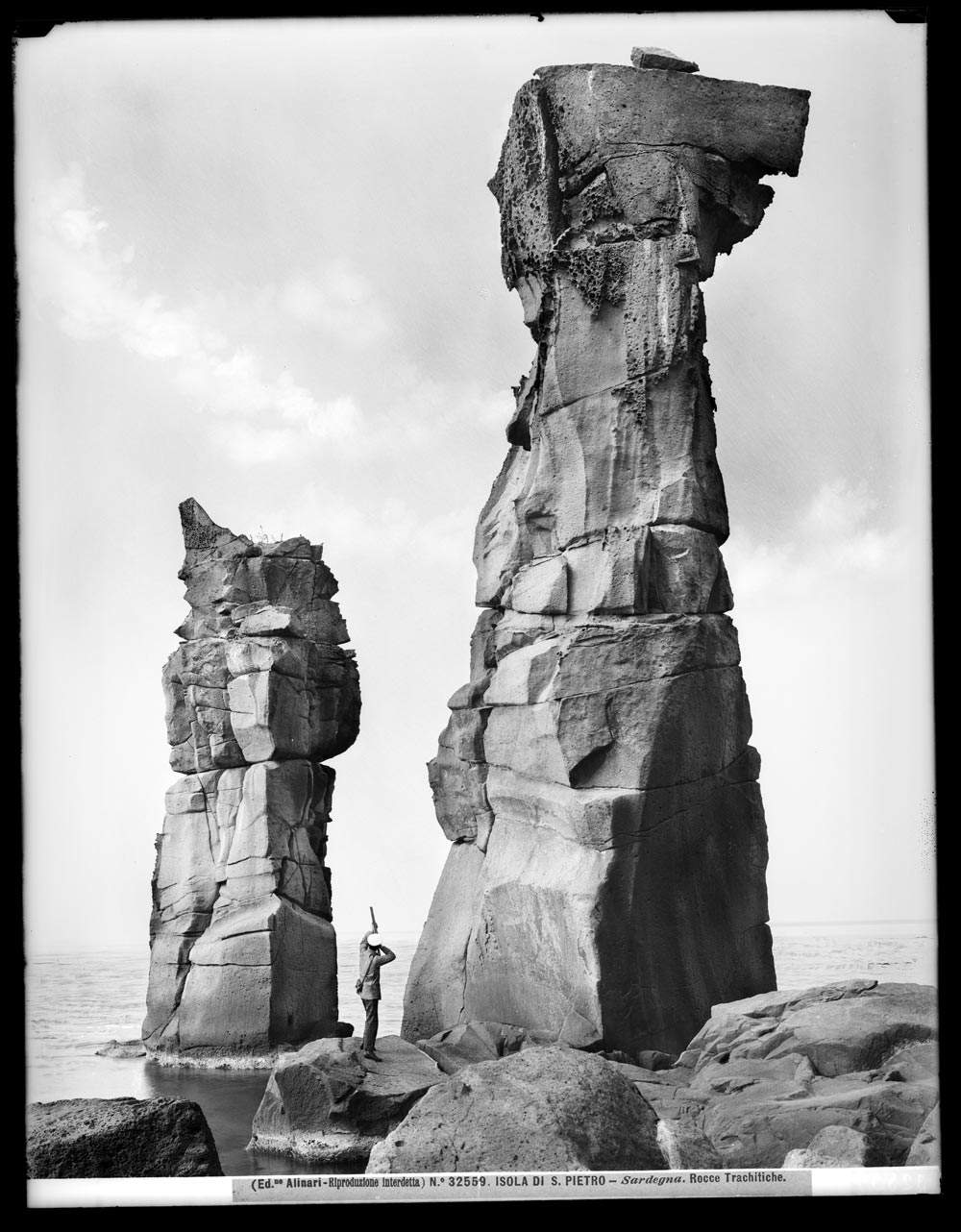
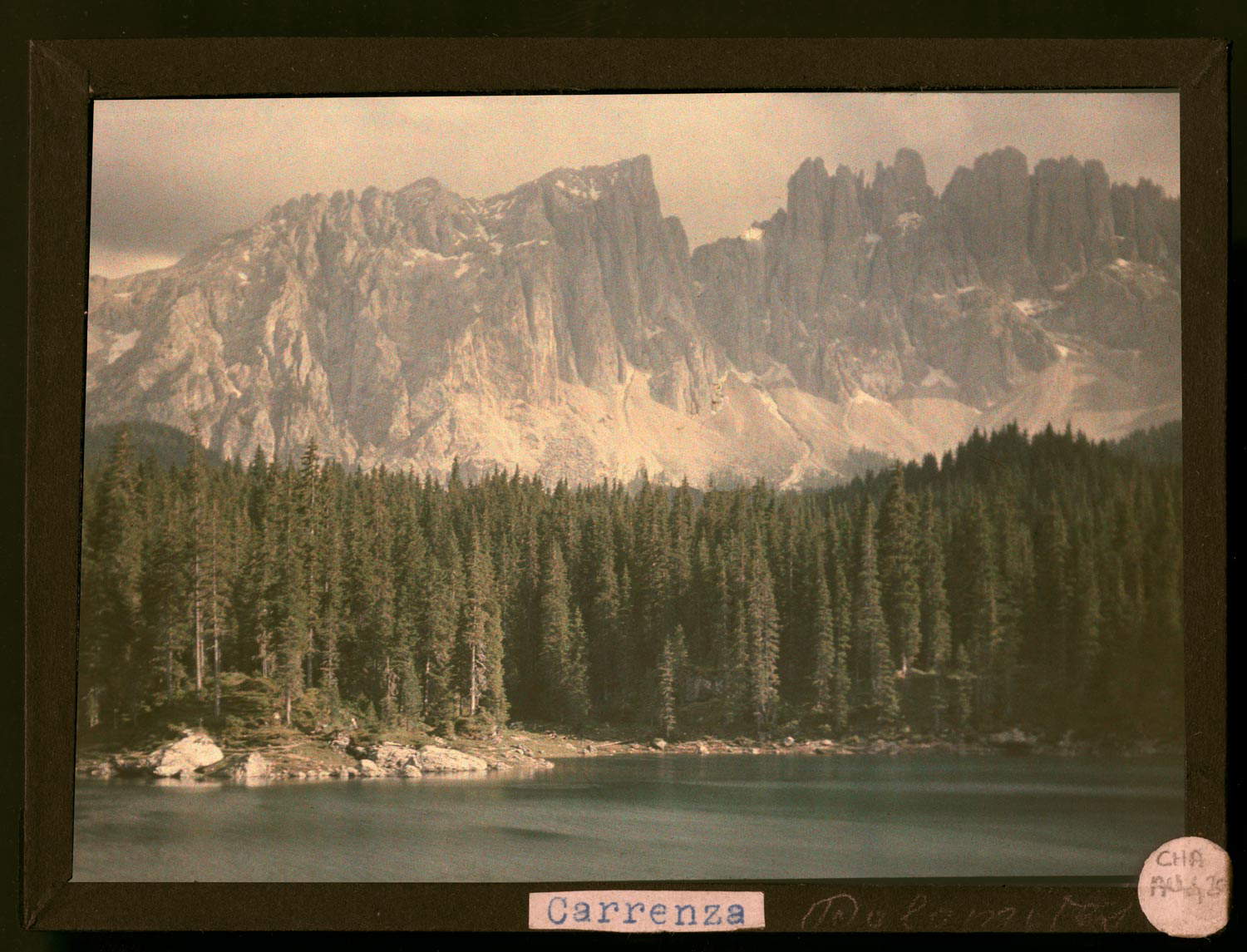
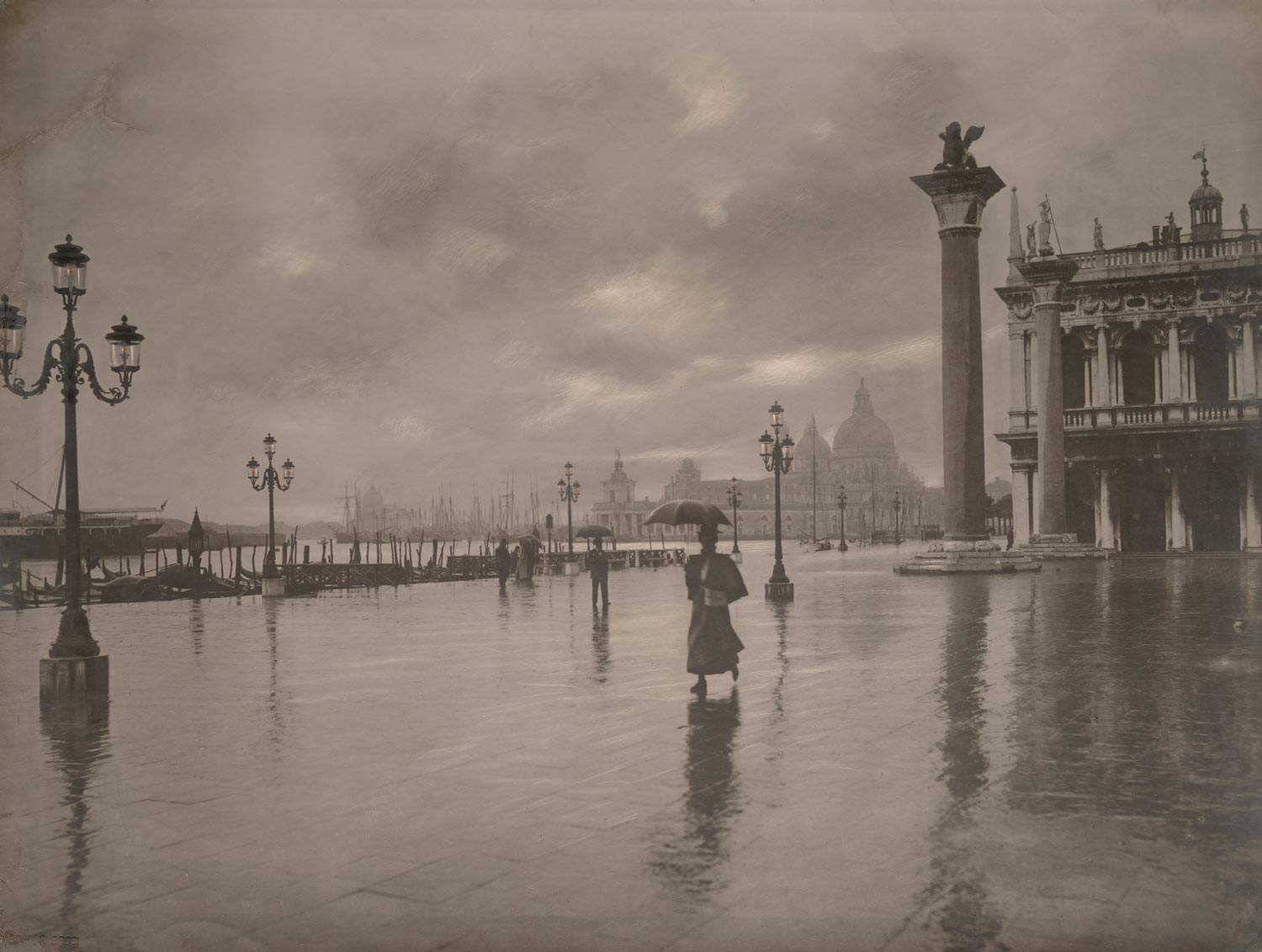
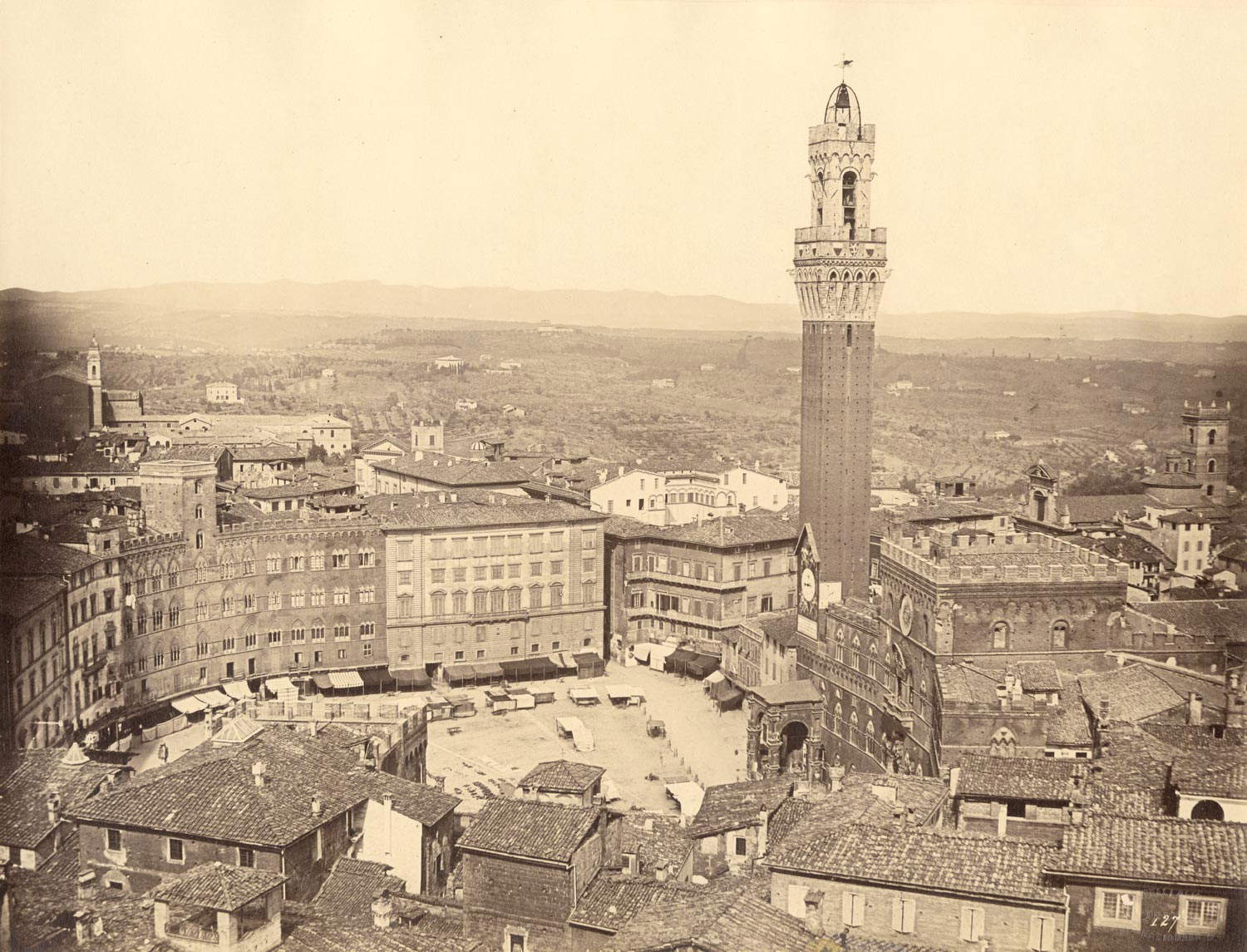
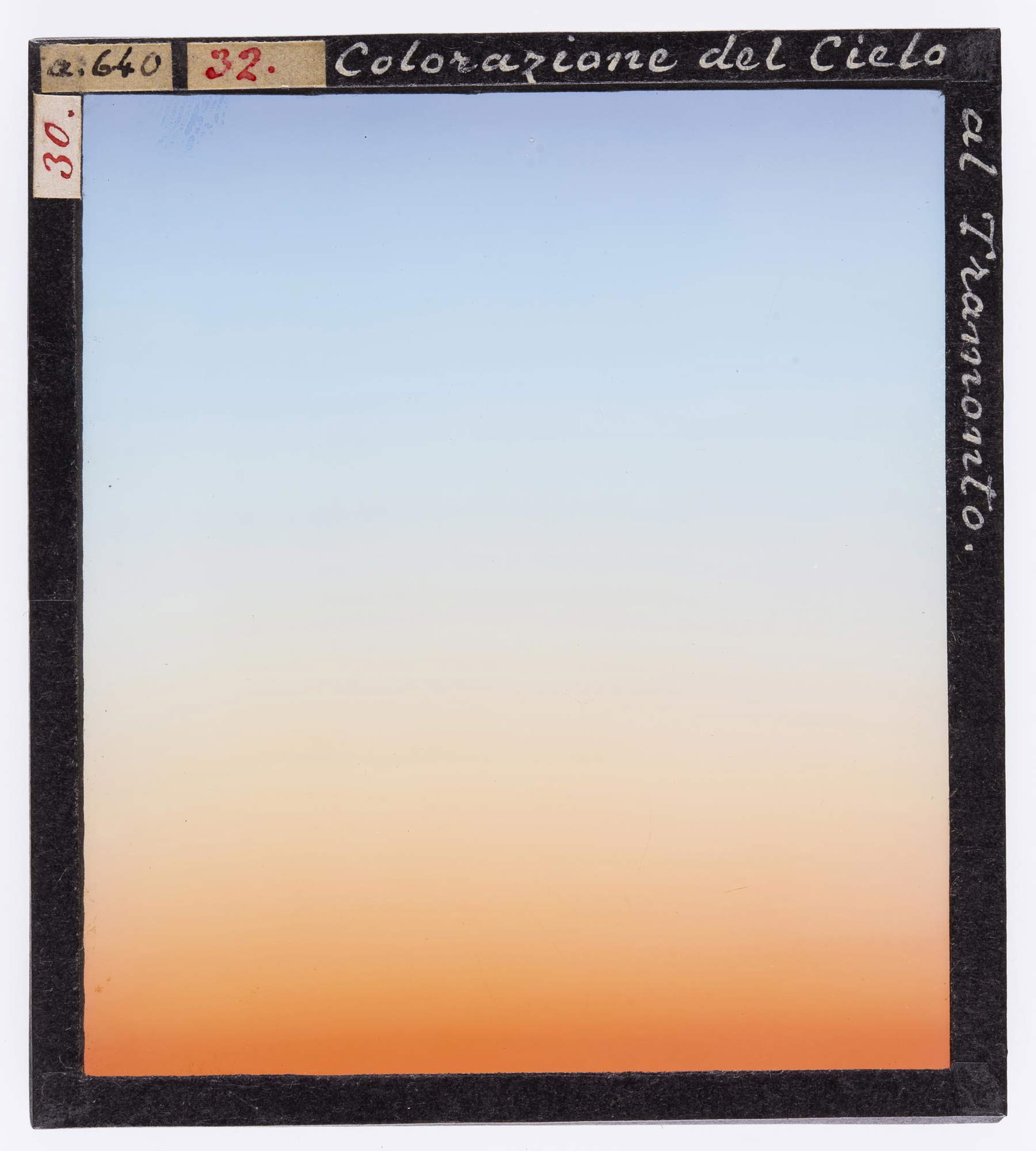
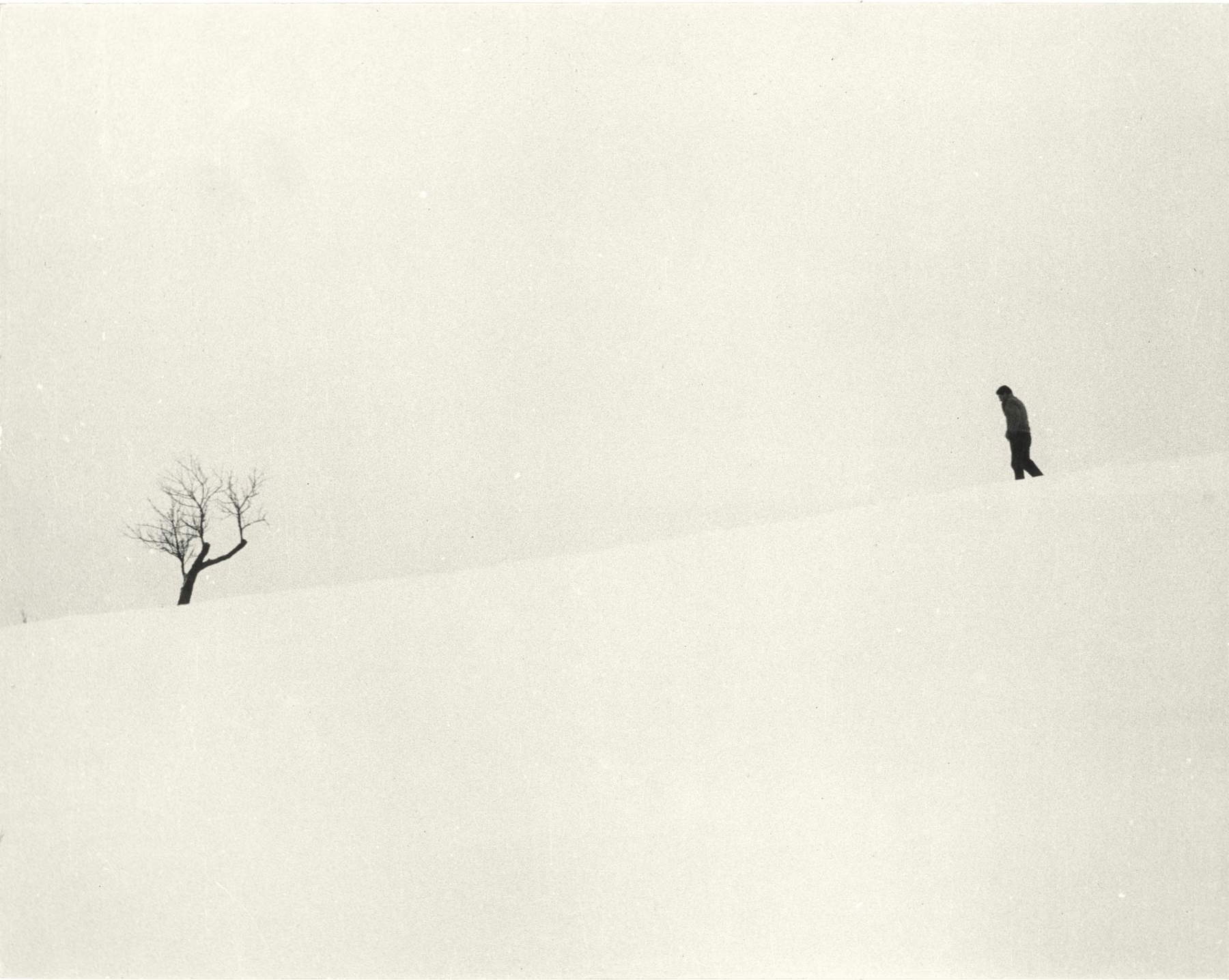
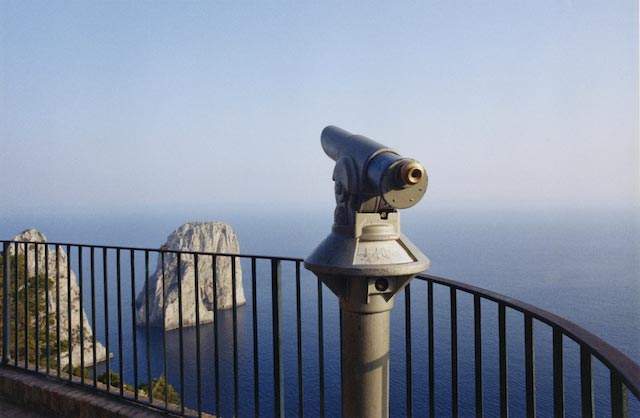
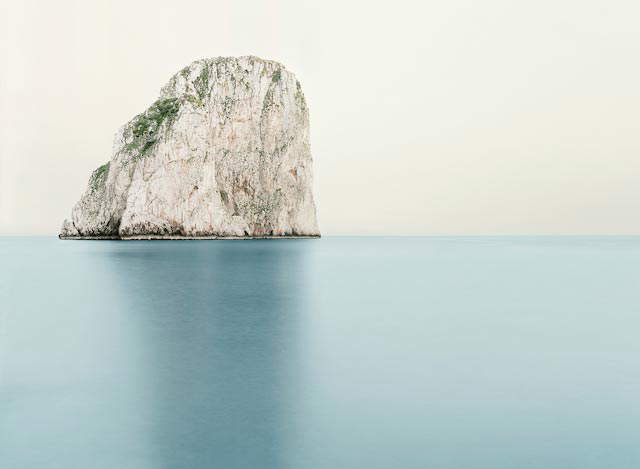
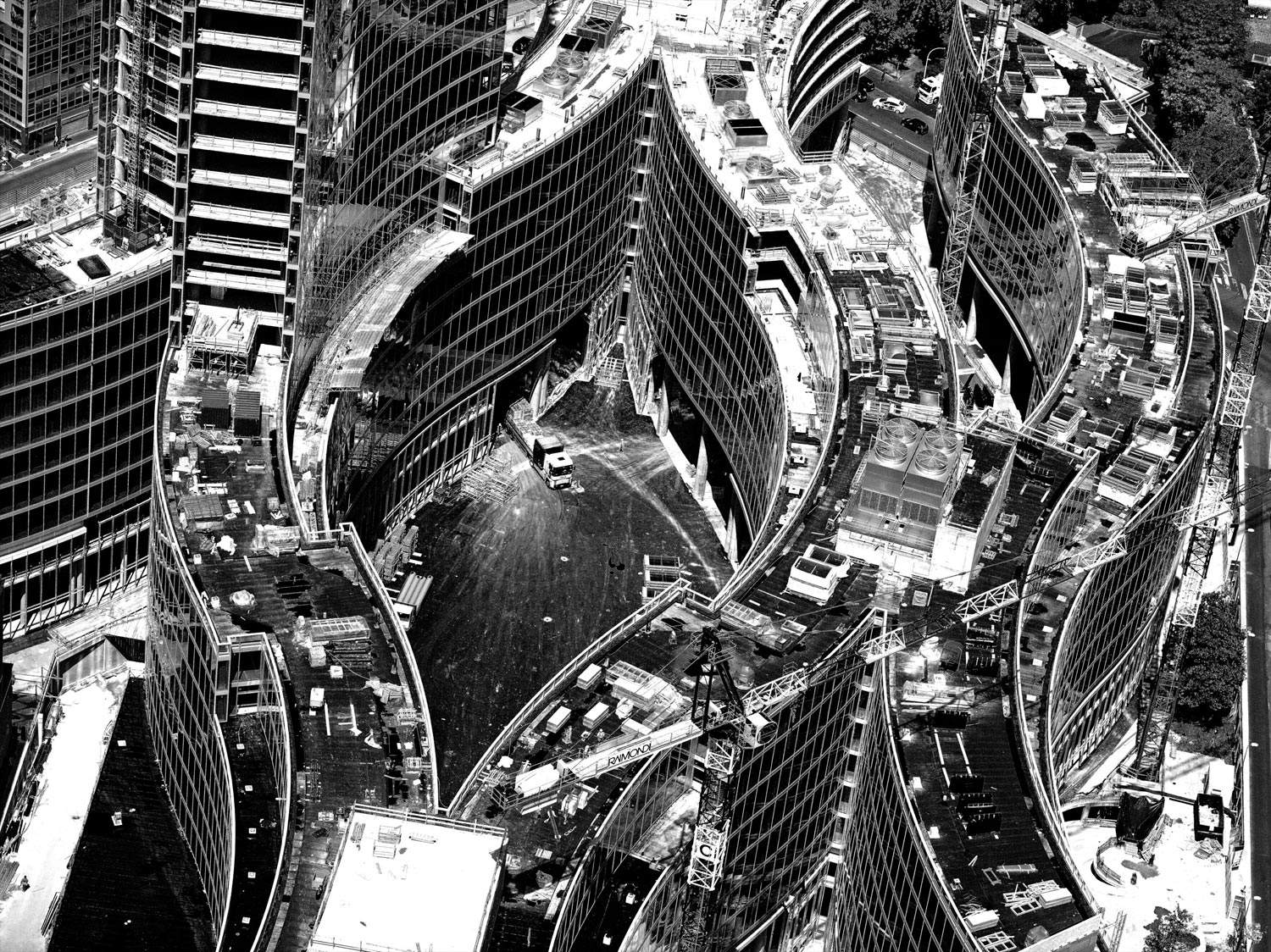
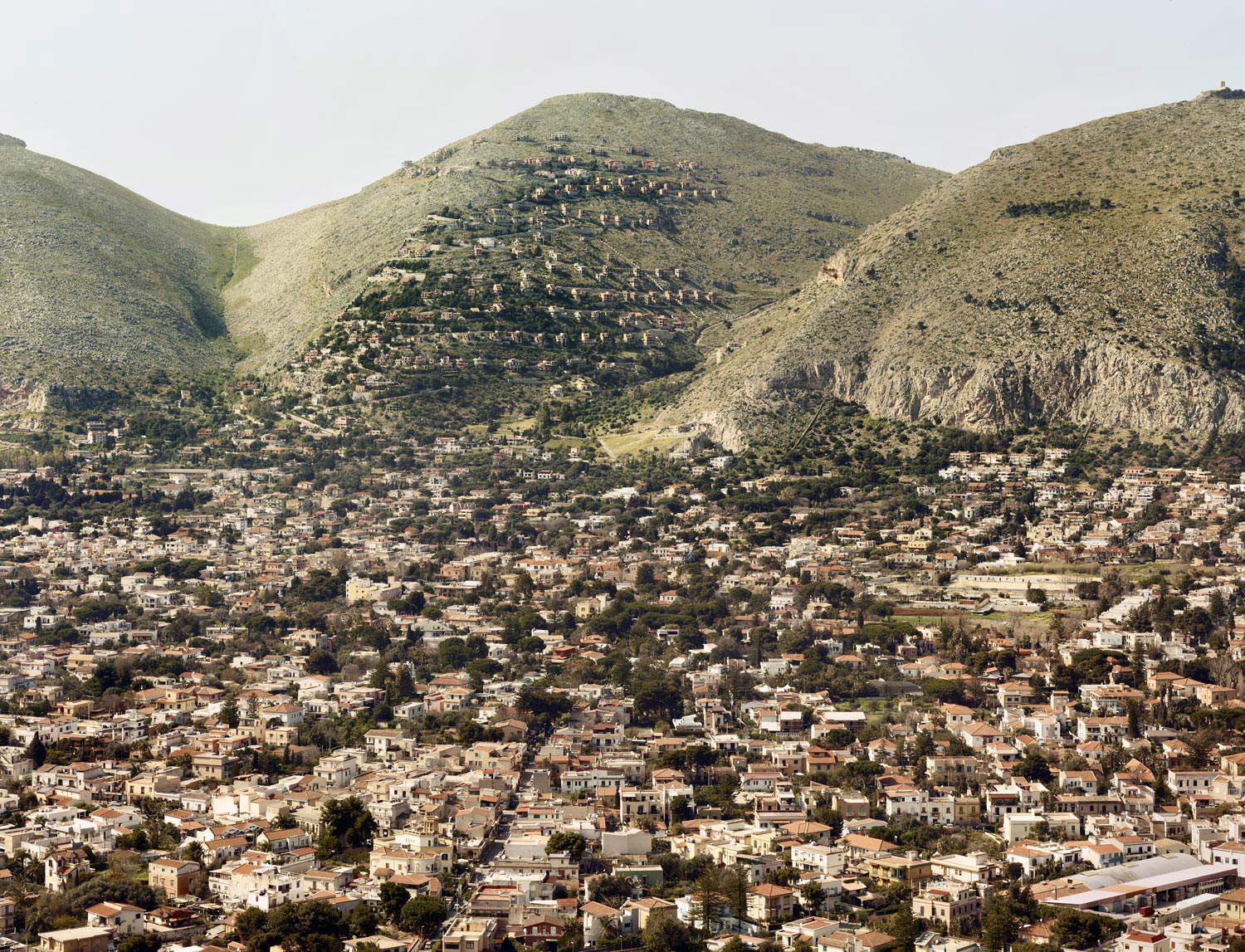
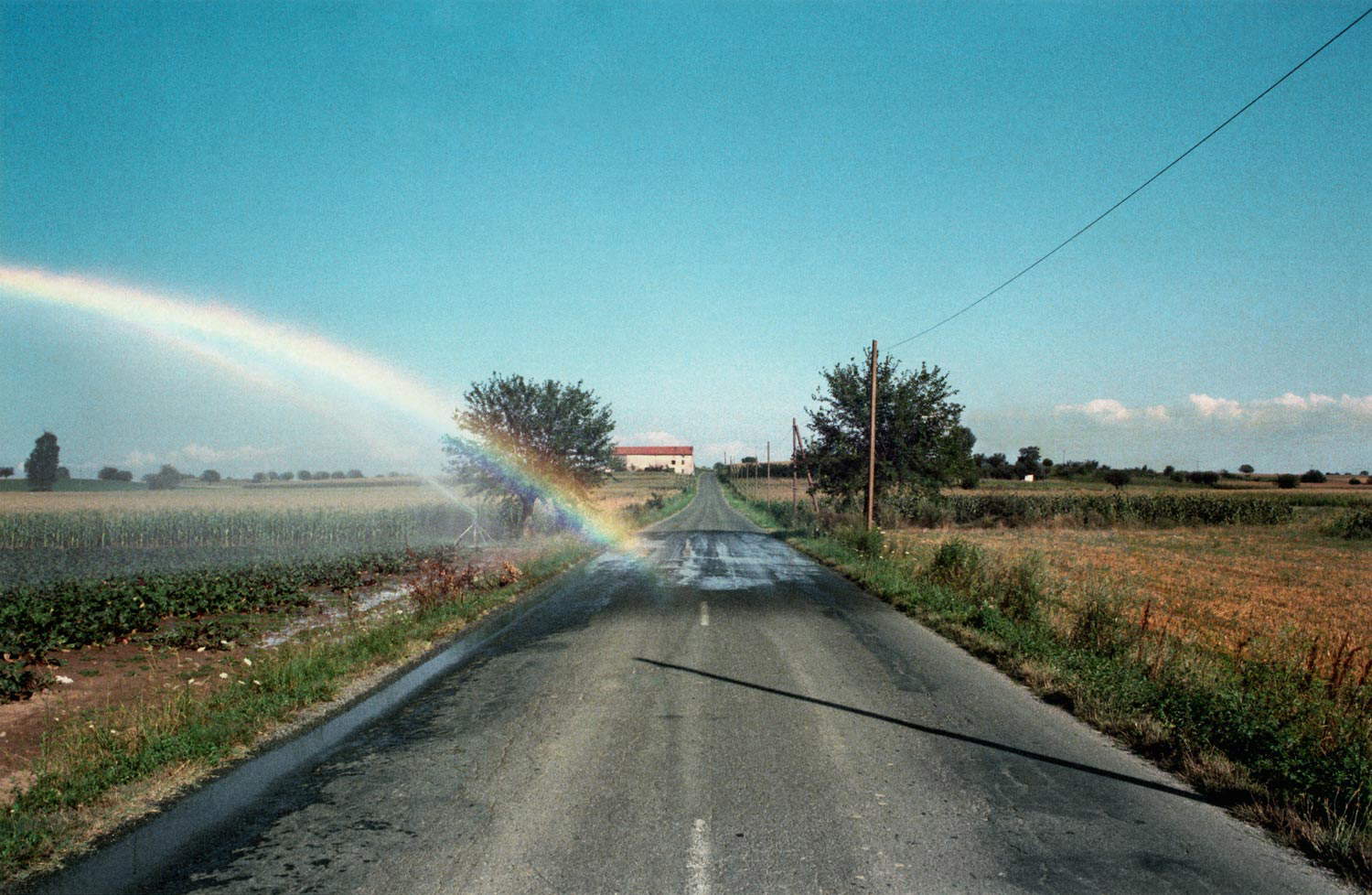
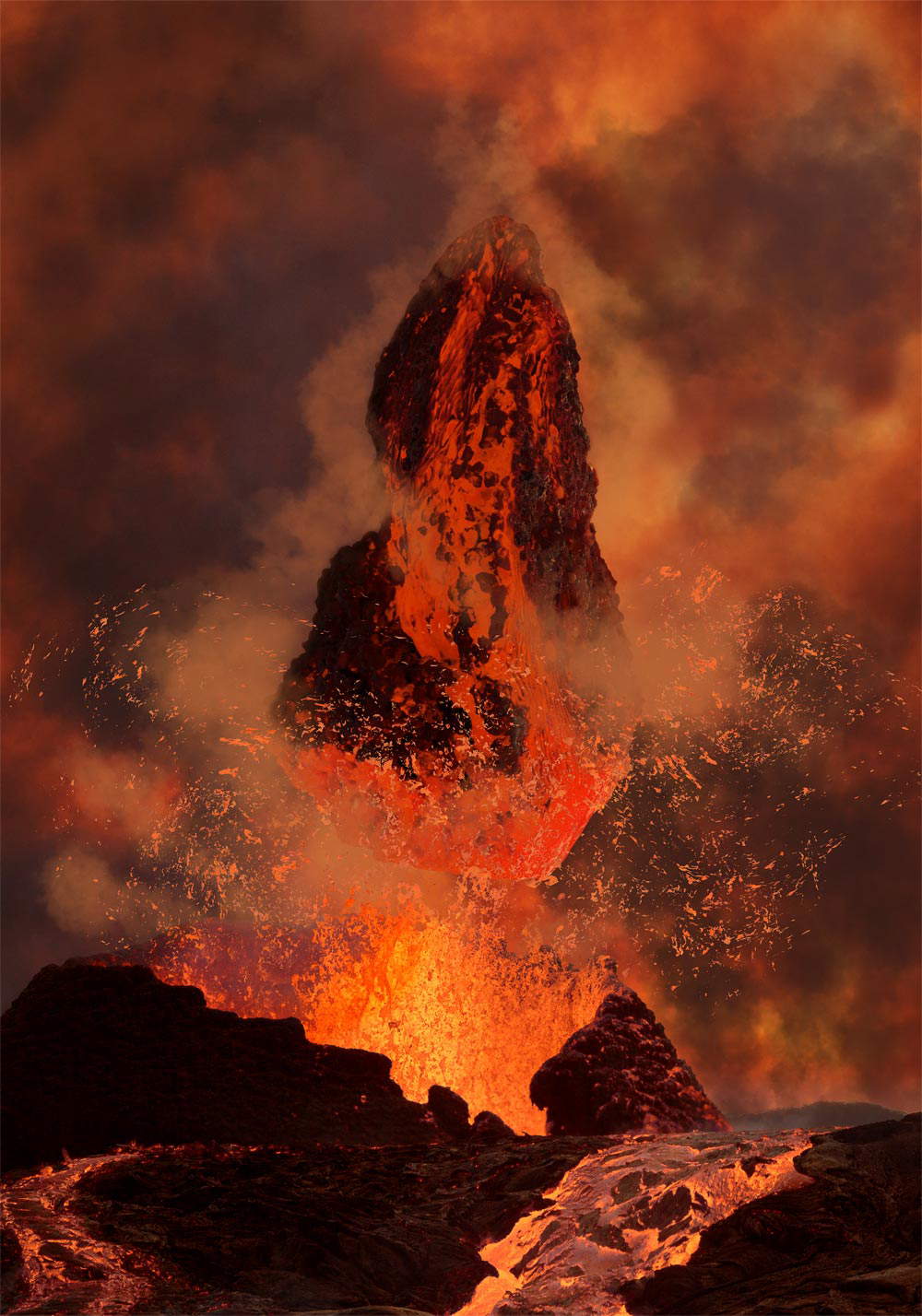
 |
| Rome, a major exhibition on 180 years of Italian landscape in photography at the Scuderie del Quirinale |
Warning: the translation into English of the original Italian article was created using automatic tools. We undertake to review all articles, but we do not guarantee the total absence of inaccuracies in the translation due to the program. You can find the original by clicking on the ITA button. If you find any mistake,please contact us.





























